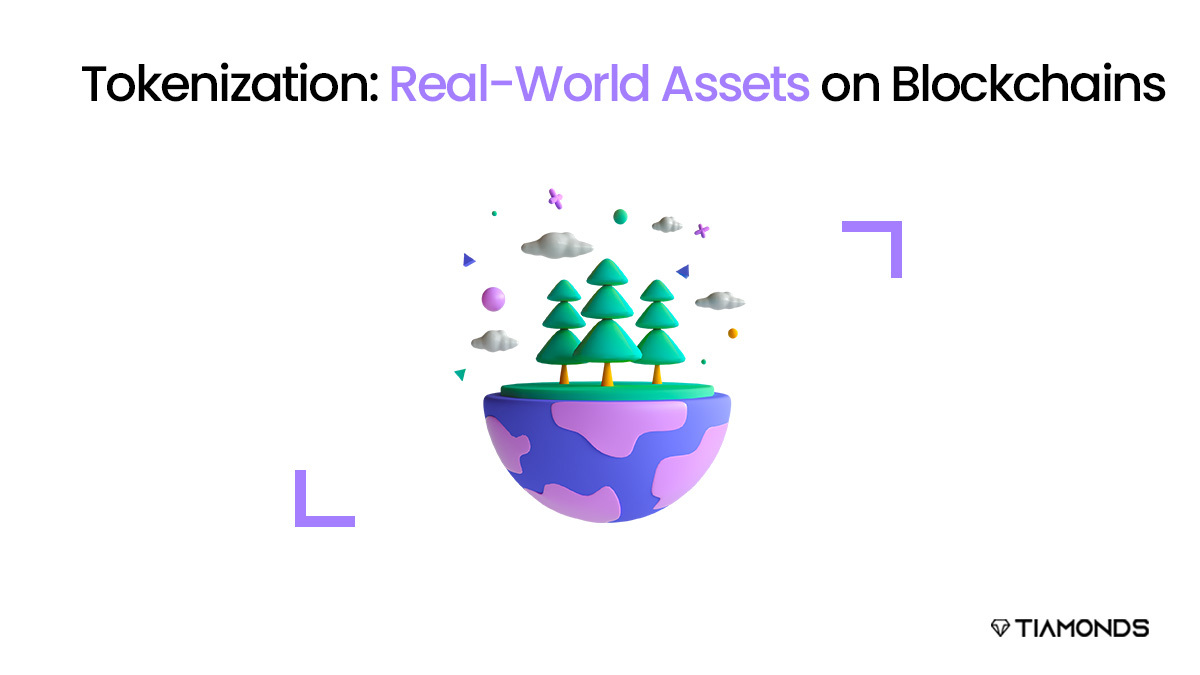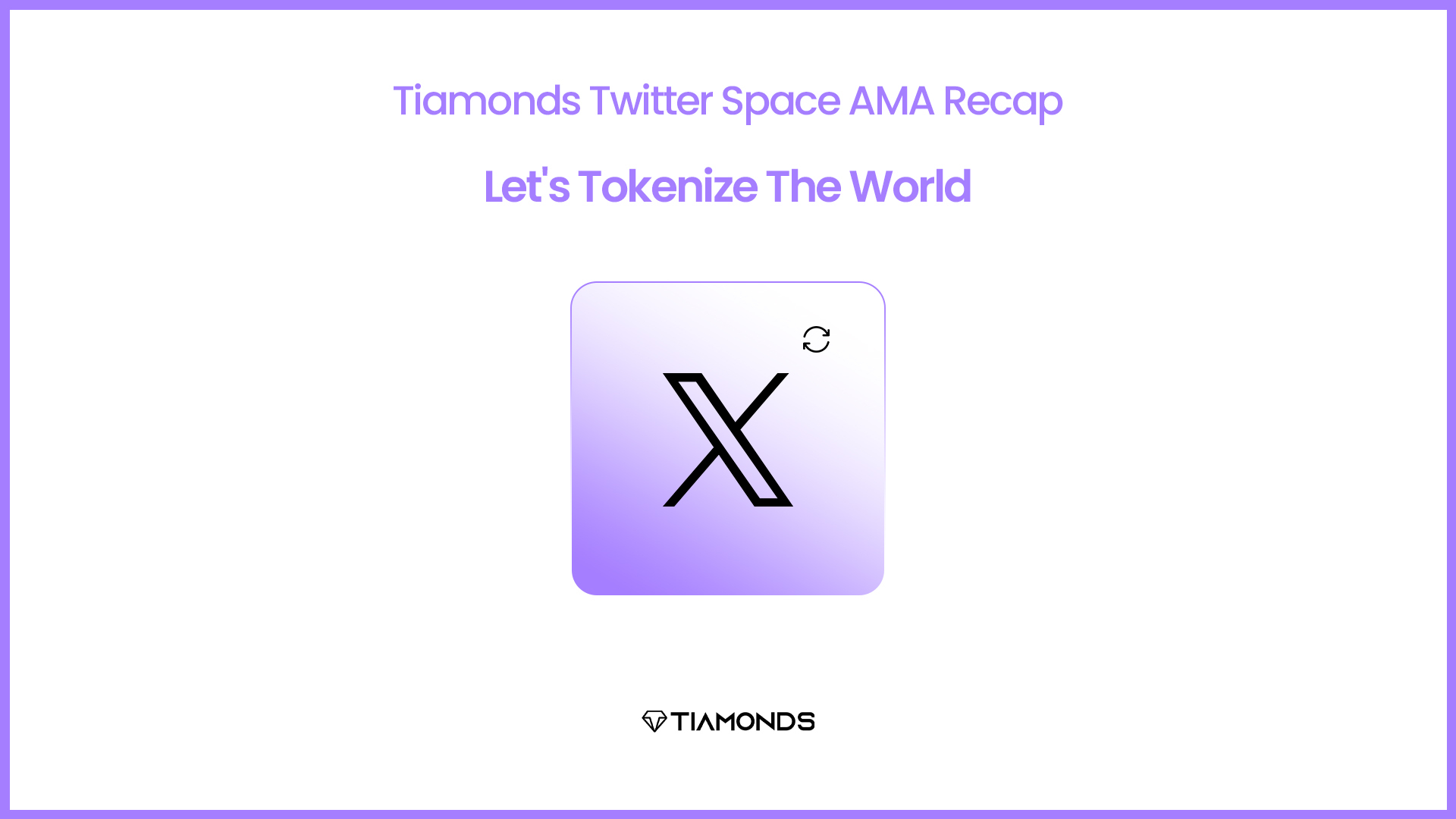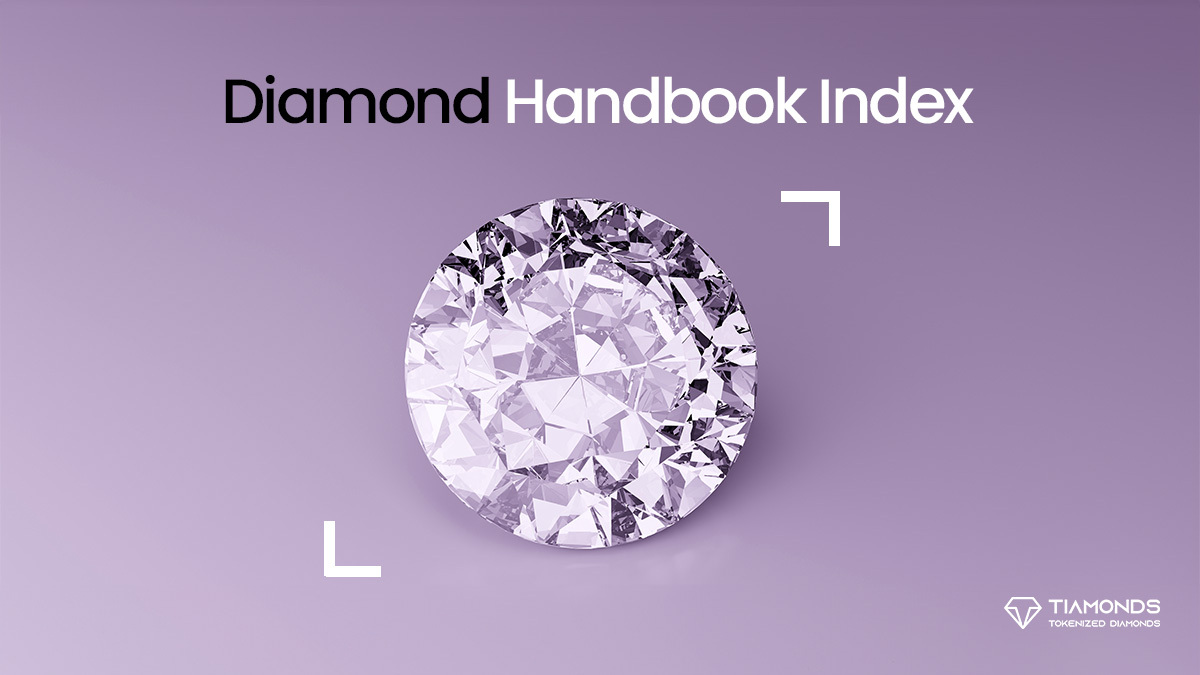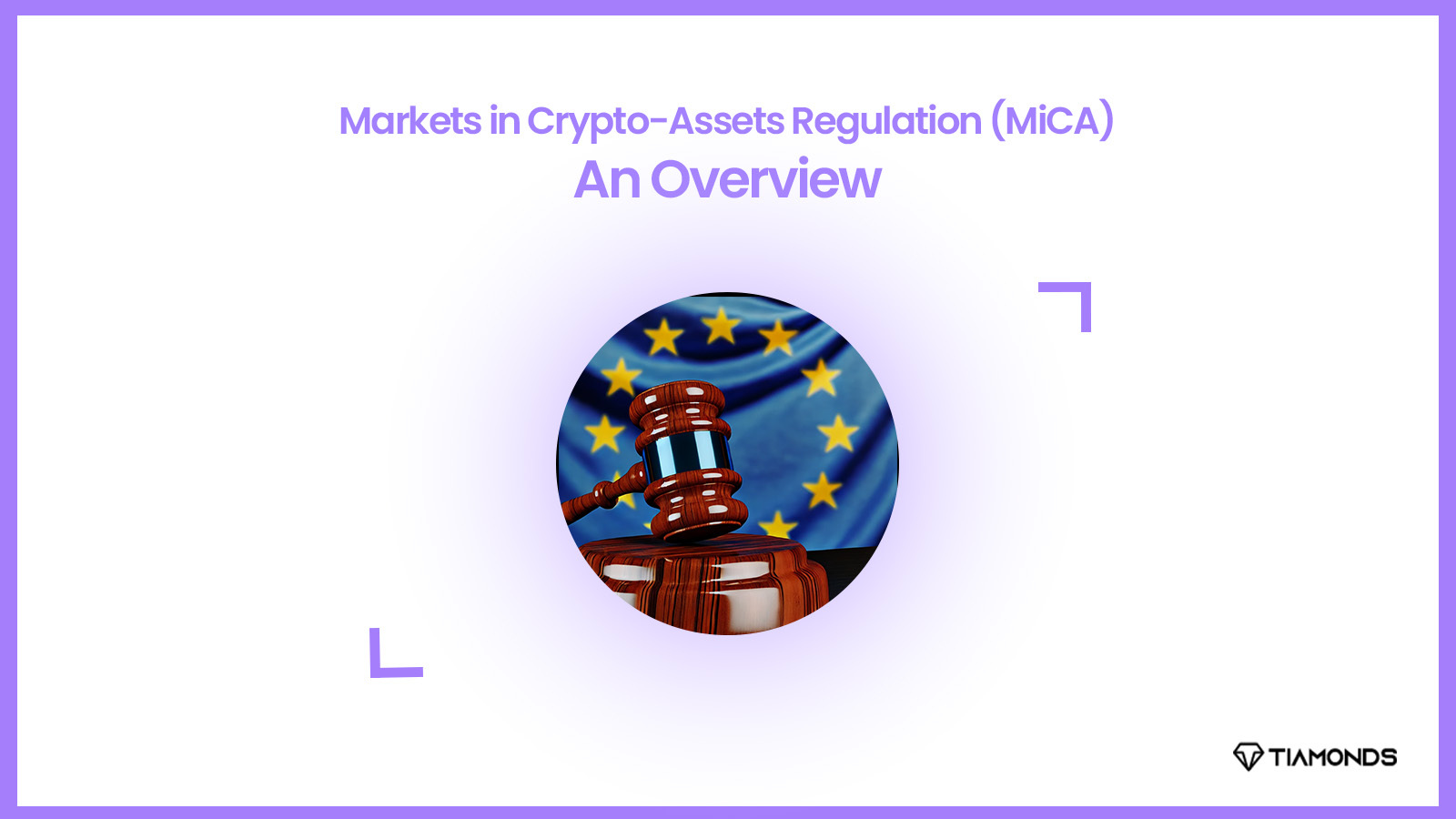We believe that the tokenization of real-world assets (RWAs) is a vital area in which blockchain can contribute to the resolution of real-world issues that we care about. Although commonly viewed as merely investment assets, RWAs have a strong connection to concerns such as advancement in society, housing, and the environment. Tokenizing off-chain commodities such as currencies, commodities, equities, carbon offsets, housing, bonds, and artwork can establish a more transparent worldwide trading market to aid in the resolution of some of these problems.
The purpose of crypto assets is to construct a cryptographically encrypted value store or reward system in the digital realm. The benefit of crypto assets is that they are easy to create, manage, and categorize on-chain by use or purpose. However, they come with the drawback of being difficult to generate intrinsic value. As a result, their prices are highly volatile. RWAs, on the other hand, possess relationships and usefulness in the physical world. This provides them with the benefit of having inherent worth and comparatively few fluctuations in prices as they are attached to real-world values.
Tokenized RWAs can help contribute to a boost in TVL (Total Value Locked) and on-chain transactions as an on-chain asset. In addition, they can contribute to the ecosystem’s expansion by growing the community, increasing on-chain liquidity, and expanding businesses. It is not only of significant interest to us, but also to the blockchain industry as a whole.
How Is Tokenization Expanding the Availability of Assets to Buyers?
Accessing the Value of Tangible Assets Through the Use of Digital Tokens.
Today, it takes just one click to purchase a ticket for a flight or a new sweater. But acquiring securities or a mortgage requires more time. Many forms of transactions are not instant, due to the need to wait for documents or settlement. Gold, real estate, artwork, and carbon credits are among the most difficult assets to transfer. It requires both buyers and sellers to endure mountains of documentation and lengthy procedures. By representing real-world assets as virtual currency on a distributed digital ledger or blockchain. Thus we can unlock their value and exchange them in real time.
Using Blockchain to Accelerate the Transfer of Value
Today’s cross-border payment procedures are fraught with inefficiency, complexity, and delays. Real-time payment has not yet been achieved, but it is the foundation for worldwide commerce. Whether it’s transactions or another kind of asset, the ability to transfer tangible assets inside a blockchain offers the advantages of a protected digital platform while preserving the asset’s characteristics. Investors purchase standard units of aggregated enforceable agreements such as mortgages, auto loans, consumer debt, and receivables, which generate revenues. Since the early 1970s, this procedure has become more prevalent and widespread. However, “tokenization” takes a step further by tokenizing real-world assets. Instead of reorganizing cash flows as securitization does, it monetizes the “right to use.”
Token-Centric Economy
Token-based assets are gaining significantly in popularity. The market for initial coin offerings (ICO) is illustrative. This novel crowdfunding method recently surpassed the $4 billion mark worldwide. To fund projects, ICOs involve the creation and sale of cryptocurrency, or tokens. With an ICO, an idea has a viable alternative to the conventional methods of procuring funding from banks or venture capital firms, which typically require a significant amount of time and the transfer of control.
Why Tokenize Real-World Assets?
Our world is overflowing with assets, including stocks, real estate, precious metals, carbon credits, and hydrocarbons. The majority of these items are challenging to physically transmit or subdivide, so purchasers and sellers exchange documents that represent a portion or all of the object. However, paper and complicated legal contracts are challenging to transfer, and monitor. One possible approach would be to adopt a digital system similar to Bitcoin but tied to an asset.
Electronic transactions and standardized agreements have largely replaced physical paper in commodity exchanges, but the administrative cost of these systems is immense, and they generally rely on the participation of trustworthy parties. Startups and significant financial institutions from around the globe are currently rushing to come up with systems for the upcoming stage of this evolution, which involves tokenizing assets.
Transfer of Specific Rights versus Transfer of Ownership
There are numerous categories of asset transfers and property rights. Occasionally, only limited rights associated with an asset are conveyed, such as an agreement to use territory for a limited period, rather than the asset’s ownership. Thousands of years of real estate ownership have resulted in a variety of ownership and control structures, such as “bailment” (the possession of belongings on behalf of another). The specifics depend on the applicable jurisdiction, form of law (common law versus civil law), assets, and rights that need to be transferred.
Some intangible assets, such as music rights, can be licenced to millions of individuals simultaneously. When a customer “buys” a recording from iTunes, they are not acquiring ownership (a change in ownership); rather, they are purchasing the right, a licence, to listen to the music according to specific circumstances.
In general, Blockchain projects can be classified into those that tokenize partial rights, such as music licencing, and those that tokenize complete ownership, such as real estate sales.
Real-world asset tokenization involves creating a blockchain-based virtual investment vehicle that is backed by tangible assets like real estate, precious metals, art, and antiquities. Instead of a tangible document, the ownership of a home is recorded on-chain. Parties can trade it directly or fractionalize it for sale to a large number of individuals.
There are numerous advantages to maintaining ownership of physical objects on the chain:
- It reduces costs by eliminating intermediaries such as solicitors, brokers, banks, etc.
- It enables the quick and efficient trading of products that were previously only possible during “working hours.”
- It reduces entry barriers and increases liquidity.
- Its straightforward process increases traders’ confidence and accountability.
The Future RWA Tokenization
Traditional financial institutions are enthusiastic about tokenizing assets such as gold, equities, and commodities that they already trade. Franklin Templeton, an investment fund, launched the Franklin OnChain U.S. Government Money Fund on Stellar in 2021 and expanded to Polygon in 2023. The investment company is the first U.S.-registered mutual fund to process trades and record the ownership of shares using a public blockchain.
The Bank of America recently referred to RWAs tokenization as a “key driver of digital-asset adoption.” The tokenized gold market has attracted over $1 billion in investments, according to their report. There’s also an increasing demand for tokenized U.S. Treasury bonds, with the cumulative total market value of tokenized money market mutual funds nearing $500 million, according to the data.
A leading international business advisory firm predicts that the worldwide demand for tokenized real-world assets will grow to $16 trillion by 2030, indicating that the future of tokenization appears promising.




